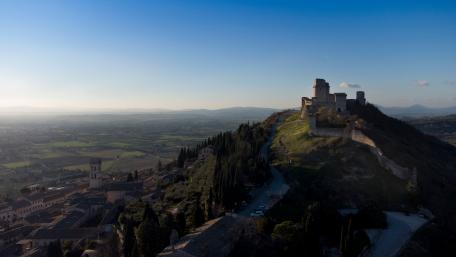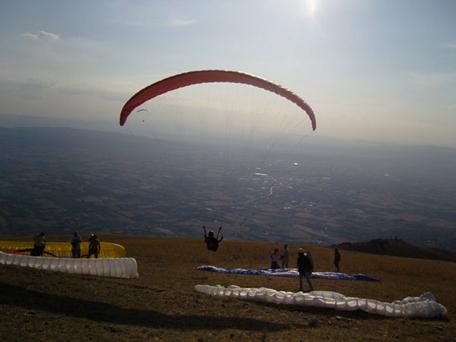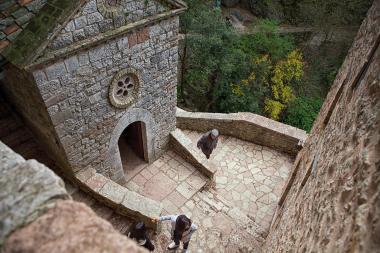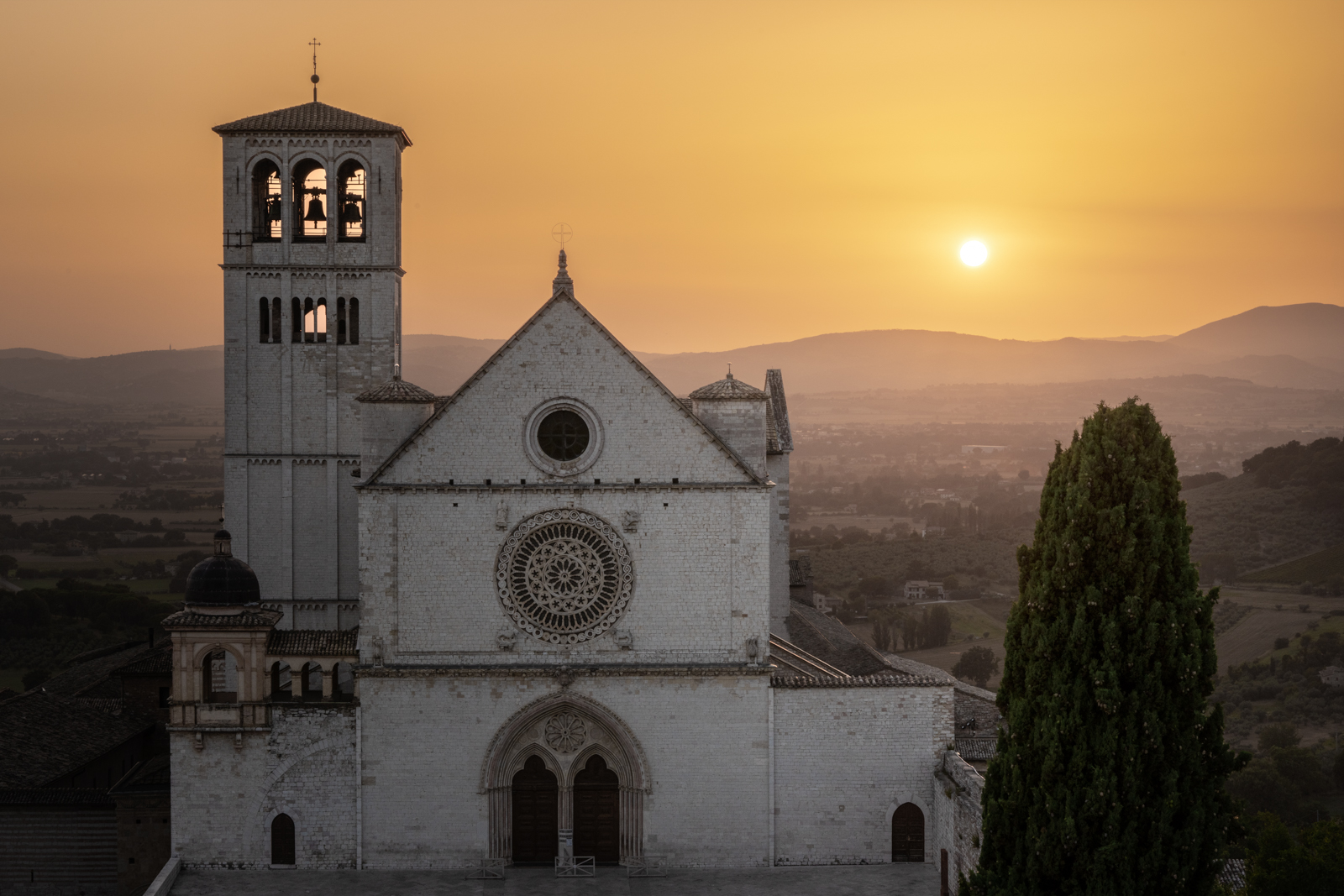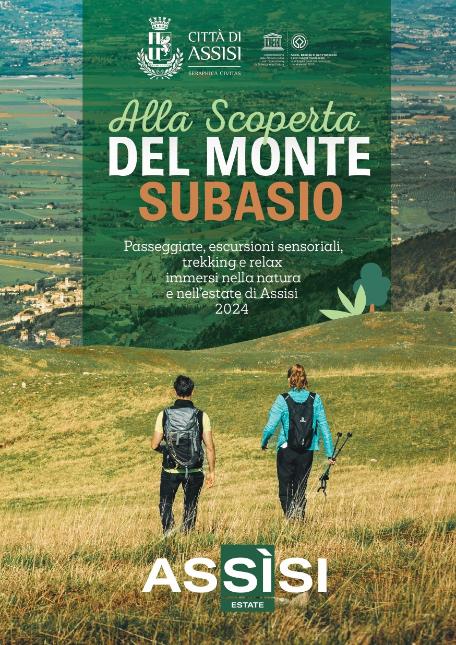HISTORY
Founded by the ancient Umbrians in the 6th century BC, Nocera Umbra was conquered by the Romans, who in 161 BC made it a municipium and an important post on the Flaminian Way. In the early Middle Ages, the town was first conquered and destroyed by Totila and the Goths (552 AD), and later included in the Duchy of Spoleto. Following the struggles for power taking place in most of Umbria in the 12th-14th centuries, in 1439 it was finally annexed to the Papal States, sharing in its history until the birth of the Kingdom of Italy (1860).
ART, CULTURE, ENVIRONMENT
The town's past as a defensive structure is evident in its appearance, starting with the powerful medieval castle walls. Passing Porta Vecchia one comes to the 14th-century Church of San Francesco, the home of the Picture Gallery and the Civic Museum, which has frescoes by Matteo da Gualdo, a polyptych by Alunno from 1483, and works from the Umbrian school.
Among the buildings of greatest artistic interest is the Cathedral, a 12th-century Romanesque building entirely renovated in 1448, which has a beautiful majolica tiled floor in the sacristy and a chapel decorated with 17th-century paintings by Giulio Cesare Angeli. Next to it is the Campanaccio (Civic Tower), a large, imposing 9th-century tower that is the only surviving part of the old fortress. Worthy of a visit in the historic center are: the Church of San Filippo, built in the neo-Gothic style to a design by the architect Luigi Poletti in 1864-1868; the Church of Santa Chiara (13th century), completely renovated in the 1800s, which has a 17th-century work by Carlo Maratta, the Birth of the Virgin, and the Teatro Communale, the municipal theater, a splendid example of Art Nouveau architecture.
Nearby sights of cultural and artistic interest include the Postignano fortress, Colle di Nocera, Col Pertana, Salmaregia, holy shrines and the small rural churches in Acciano, Aggi, Bagnara, Casaluna and Colle.
The Franciscan road bears witness to the area's mysticism: every year in September knights in period costumes participate in the Satriano Cavalcade, retracing St. Francis's last journey in 1226 from Nocera Umbra to Assisi.
Nocera Umbra has an old hot spring and spa tradition: the waters of the Sorgente Angelica spring gush forth at Bagni di Nocera, a lively spa and tourist resort.
